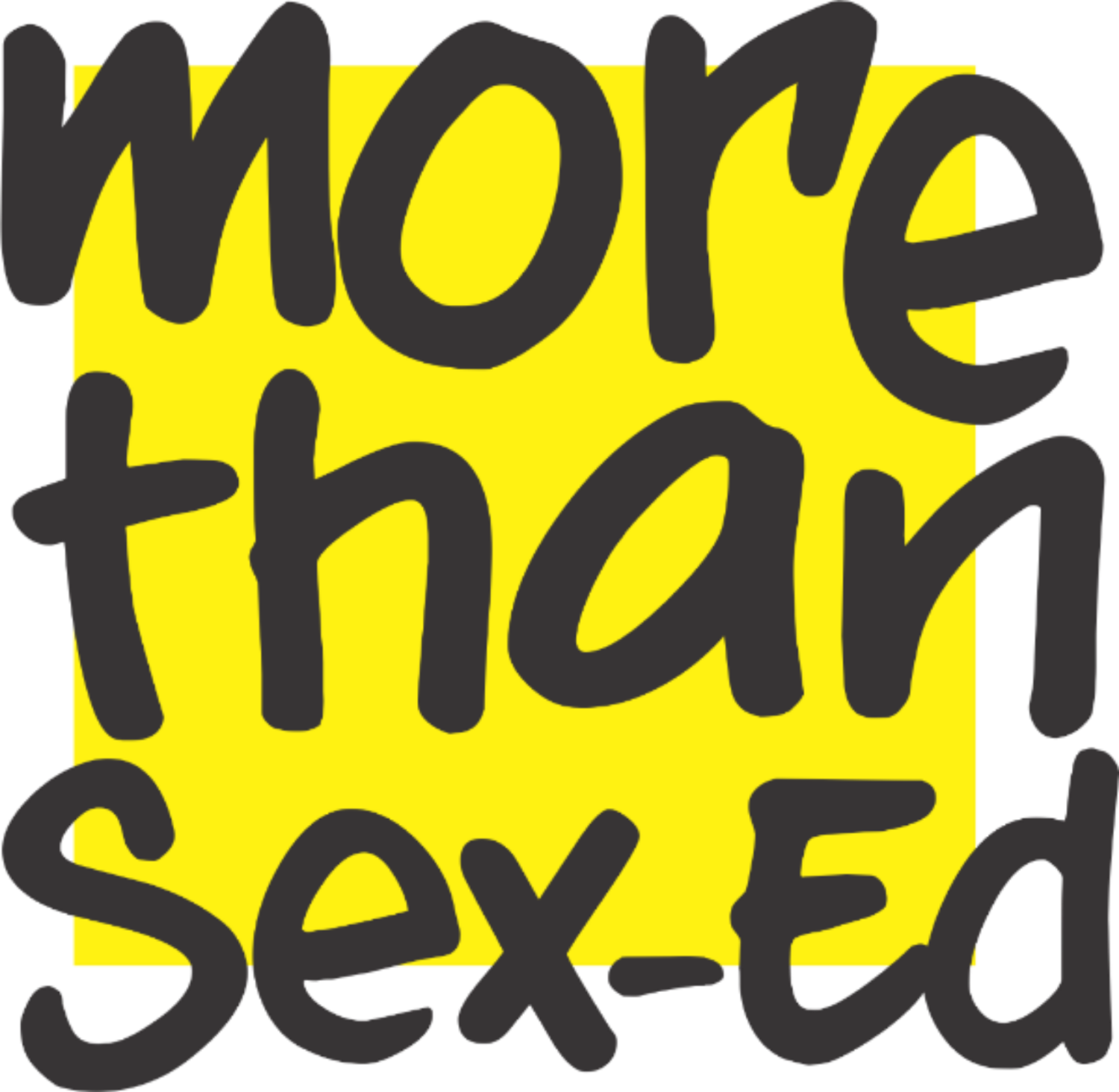Do you understand the signs, prevention strategies, and how to seek help if you or a loved one was a victim of child sexual abuse?
Helping Survivors* is an organization on a mission to help heal, educate, and empower people who have been impacted by sexual assault and abuse. They have provided us with a really important resource addressing the difficult topic of child sexual abuse.
Most people believe that child sexual abuse is extremely rare in today’s society. Sadly, this isn’t the case. As many as 1 out of 4 girls and 1 out of 6 boys experience some form of sexual abuse before the age of 18. More often than not, children are sexually abused by someone they know, not a stranger. Alarmingly, almost 75% of child sexual abuse is committed by family members, foster parents, or other familiar individuals.
What is Child Sexual Abuse?
The World Health Organization (WHO) adopted a specific definition of child sexual abuse in 1999. The definition states that: “Child sexual abuse is the involvement of a child in sexual activity that he or she does not fully comprehend, is unable to give informed consent to, or for which the child is not developmentally prepared and cannot give consent, or that violates the laws or social taboos of society.”
Child sexual abuse may occur between a child and an adult or a child and another child. Sexual abuse can involve coercing the child to perform sexual activities, exploiting a child through prostitution, or involving the child in pornographic performances, or showing them pornographic materials, amongst other harms.
Child sexual abuse can happen to any child or teenager regardless of their demographics including race, religion, gender, or sexuality. Child sexual abuse often involves someone a child knows and may happen within organizations or institutions including foster care, medical facilities, schools, religious institutions, athletic teams and, increasingly, in wilderness therapy programs.
Key Takeaways
While child sexual abuse can happen to anyone and be perpetrated by anyone, it often occurs with someone the child knows.
It can take many forms.
Child sexual abuse often occurs after building trust or grooming a child and the abuse can span over many years, often starting subtly.
Survivors of childhood sexual abuse have rights and options, and many states are lifting or expanding the statute of limitations for reporting past sexual abuse.
*Helping Survivors is a partner of RAINN. Click for a compilation of information and resources to assist survivors of child sexual abuse and their families.



